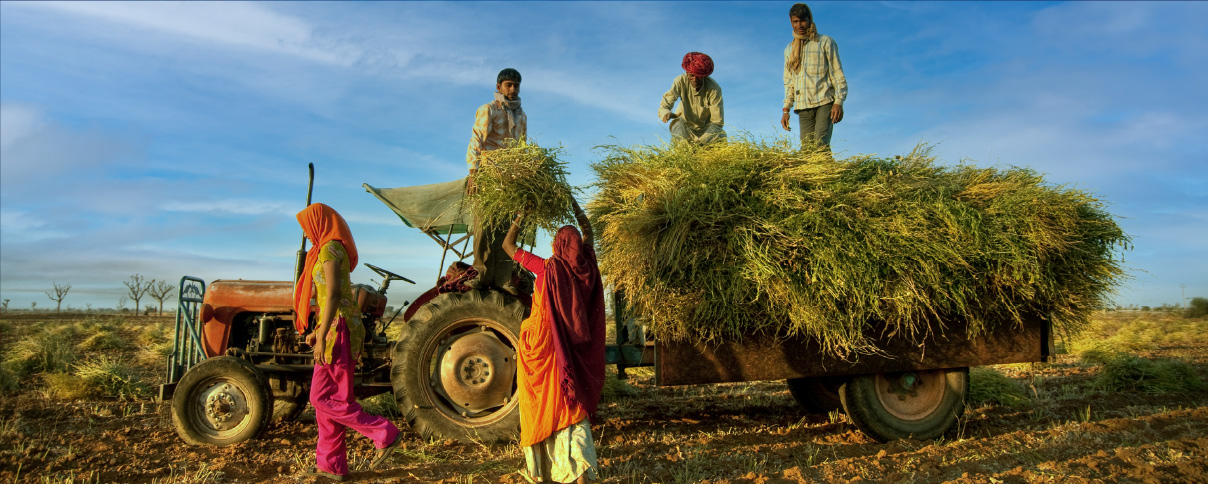Challenges Faceing by the Agriculture Sector in INDIA. Regarding: average farm size , droughts and floods , Low productivity , Climate change , Farmer suicides , Lack of access to markets , Labor shortage , Inefficient supply chains
Challenges Faceing by the Agriculture Sector in INDIA. Regarding: average farm size , droughts and floods , Low productivity , Climate change , Farmer suicides , Lack of access to markets , Labor shortage , Inefficient supply chains
Small and fragmented landholdings: The average farm size in India is 1.15 hectares, which is one of the smallest in the world. This makes it difficult for farmers to achieve economies of scale and invest in productivity-enhancing technologies.
Inadequate irrigation: About 60% of India's cultivated area depends on rainfall for irrigation. This makes farmers vulnerable to crop losses during droughts and floods.
Low use of agricultural inputs: Only about 25% of Indian farmers use fertilizers and pesticides, and the use of other inputs, such as improved seeds, is also low. This is due to a number of factors, including lack of awareness, high costs, and poor access to credit.
Low productivity: India's agricultural productivity is significantly lower than that of developed countries. This is due to a number of factors, including the use of outdated farming practices, poor infrastructure, and lack of access to markets.
Climate change: Climate change is posing a serious threat to Indian agriculture. Rising temperatures, changes in rainfall patterns, and more extreme weather events are all impacting crop yields and production costs.
Farmer suicides: The number of farmer suicides in India has been rising in recent years. This is due to a number of factors, including debt, crop failures, and lack of government support.
The government of India has taken a number of steps to address these challenges, such as providing subsidies for agricultural inputs, investing in irrigation infrastructure, and promoting the use of modern farming practices. However, more needs to be done to ensure that the agriculture sector in India is able to meet the needs of the growing population and contribute to the country's economic development.
Here are some additional challenges facing the agriculture sector in India:
Inefficient supply chains: The agricultural supply chain in India is inefficient, leading to losses of up to 30% of produce. This is due to a number of factors, including poor infrastructure, lack of cold storage facilities, and inadequate transportation.
Lack of access to markets: Many farmers in India do not have direct access to markets, which means they have to sell their produce to middlemen at low prices. This can make it difficult for them to make a profit.
Labor shortage: The agricultural sector in India is facing a labor shortage, due to a number of factors, including migration of rural youth to urban areas, and the increasing use of machinery. This is making it difficult for farmers to harvest their crops on time.
Impact of COVID-19: The COVID-19 pandemic has had a significant impact on the agriculture sector in India, disrupting supply chains, reducing demand for agricultural products, and impacting the incomes of farmers.
Despite these challenges, the agriculture sector in India remains one of the most important sectors of the economy, providing employment to about 50% of the population. The government of India is committed to the development of the agriculture sector and has taken a number of steps to address the challenges it faces. With continued investment and support, the agriculture sector in India has the potential to play a key role in the country's economic growth and poverty reduction.


Comments
Post a Comment